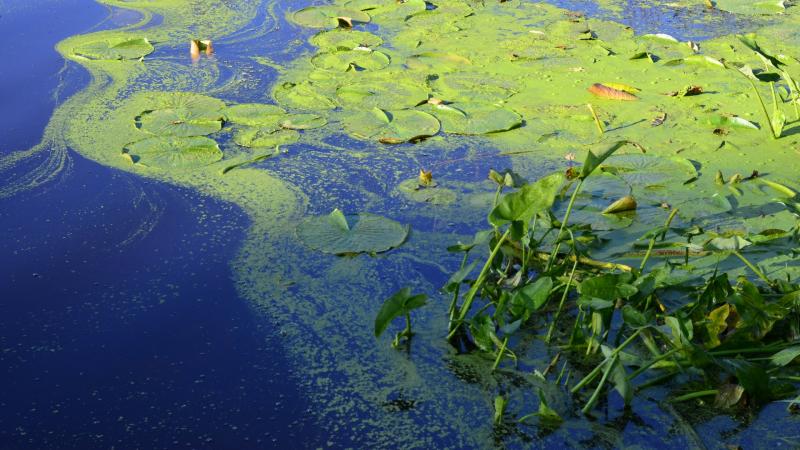
Chlorella pyrenoidosa is a type of freshwater algae found around the world. It has been used in traditional Chinese medicine for a long time, and in recent times, emerged as a leading candidate for the production of biodiesels. Toxic algal blooms, can be seen covering ponds and lakes, and happens due to a rapid growth of algae in the waterbody. Since some of these algae produce toxins harmful to humans and other animals, toxic algal blooms generally lead to a decrease in the amount of fish in the water and amount of life surrounding it. Now, scientists from Indian Institute of Technology, Roorkee are trying to use the toxic algal blooms as sources of nutrients for the useful microalgae, like Chlorella pyrenoidosa. The scientists used various methods to prepare the toxic algae and microalgae mix; including using a combination of acid and alkali and using an autoclave and microwave. The tests revealed the toxic algae to be excellent source of nutrients for the microalgae. Using the acid/alkali combination especially, the microalgae grown showed an increase in the lipid content and the rate of lipid production of the microalgae. As lipids extracted from the microalgae form the basis for the production of biodiesels, this increase in the lipid content boosts the biodiesel output of the microalgae. The study not only allows efficient biodiesel production, but also help address the problem of toxic algal blooms.





